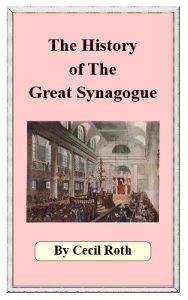WHEN, as a result of the favour of Oliver Cromwell and the exertions of Menasseh ben Israel, Jews settled again in London in the seventeenth century after an interval of some four hundred years, what is known as the Sephardi (Spanish and Portuguese) rite was followed in the Synagogue they established. This was natural: for the overwhelming majority of its members were former Marranos who had escaped from the clutches of the Inquisition in the Peninsula, or else their immediate descendants. From the beginning, though, the settlement was leavened by a few representatives of the Germano-Polish group, generally known (after the term applied by the Jews of the Middle Ages to Germany) as Ashkenazim. In essentials, of course, there was little difference between them and their coreligionists, though their immediate antecedents were distinctive, their standard of general culture lower, their economic occupations humbler, and their synagogal tradition (almost identical, in fact, with that followed by the mediaeval Anglo-Jewish community, before the expulsion of 1290) slightly different. It may be noted that the most stalwart of those few Jews who penetrated into England in the ‘Middle Period”–the mining-engineer Joachim Gaunse who was expelled for his outspoken religious views, and the Jacob Barnett who fled from Oxford rather than submit to baptism –both happened to be Ashkenazim.
The Great Synagogue
The Great Synagogue
1409 Downloads
